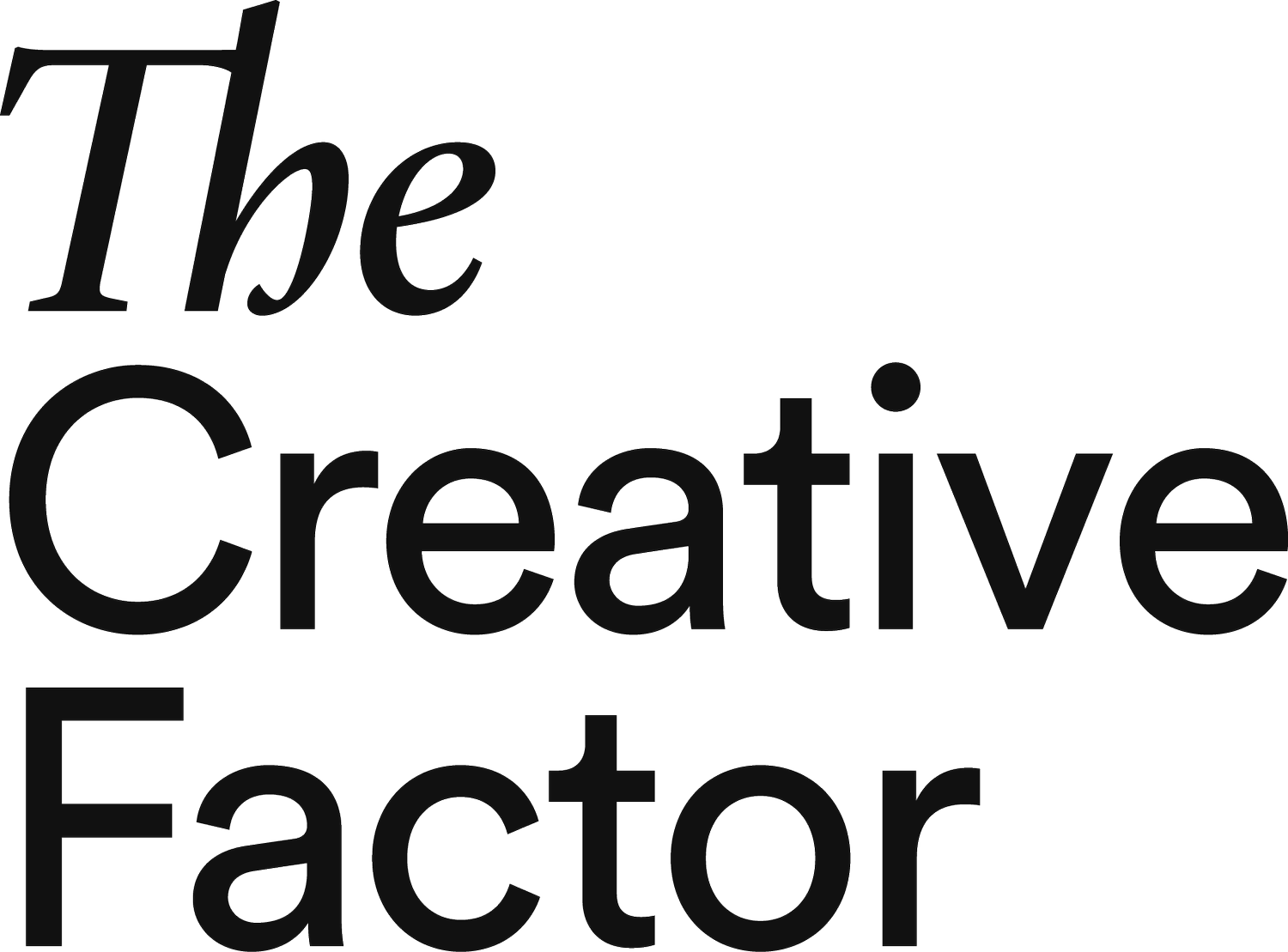Why Creators Prefer To Work Fast and Scrappy
All creators create differently, but there are patterns... Image courtesy of Goods For the Study (our favorite place).
There’s a big gap between how we are raised in academia and how people work in the real world, I’m finally finding out. After years of taking standardized tests and tracking my GPA as a college student, I’ve become so accustomed to the mentality of perfectionism that I never considered another way of working. But I’ve noticed that creative professionals tend to dive headfirst into a creative project, even when they suspect that failure is on the other side of it. Crazy, right? Well, maybe not so crazy. A beautiful lyrical poem or the perfect homemade recipe almost never starts out as a brilliant one-off idea. The truly great stuff comes from trying out a bunch of different ideas, especially the bad ones, and refining the concept later on in the process.
Just look at all of the people we’ve interviewed. Steve Gorski, head of strategy at Forsman & Bodenfors, once wrote to us that the fastest way to reach a solution is to do a task three different ways, as quickly as possible. It takes working fast and scrappy to get to the good stuff. Then, this summer, I spoke with Geoff McFetridge, an artist who described how drawing is the opposite of precious for him. When he picks up a pencil, he doesn’t think about what he’s going to draw — he knows the first “thing” will probably be crappy. But he keeps drawing without putting pressure on the work, until he finally creates something great. As a final example, I recently learned from chef Anaïs Ca Dao van Manen that she prefers to conduct a “wild card test” every time she tries out a new recipe. She essentially sets herself up to fail, so that she gains deeper insight into what she actually wants by finding out what she really doesn’t want.
It’s this type of thinking that no one encourages in school. And now my go-to is working fast and scrappy. Whether it’s skimming a reading for class the first time around, getting words on paper for an upcoming assignment, or going on a short jog before class (even though I know it’s not the run I really want to run — i.e. a longer one — but the run that I can run), there’s something inherently rewarding about the act of starting something. If you overthink the first “thing,” you’ll miss out on all the chances to find what it is you’re looking for. In the end, experimenting is what generates the type of work that no one else is doing.
If you’d like to read more from Creative Factor, find our latest stories here. Or looking to tell your brand story? Introducing Creative Factor’s Storytelling Studio.

